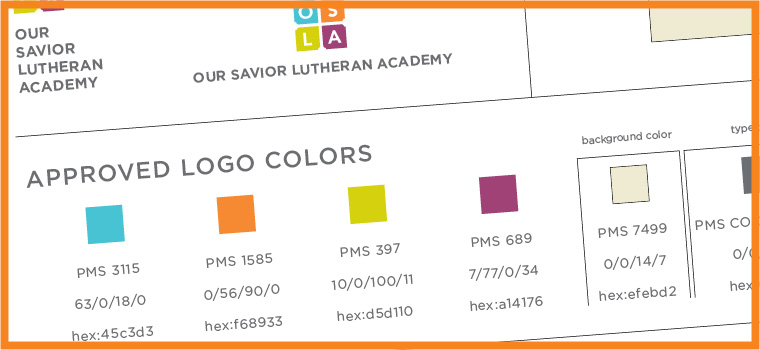You may not need a style guide to help you dress, but chances are a style guide could help your company maximize its marketing power. Your business cards, letterhead, and website look nothing like each other except they have the same logo. Colors, fonts, and design style are all different. Often companies invest in developing a great logo and then fail to effectively execute the logo throughout their marketing. That amazing logo doesn’t look quite so amazing now.
Companies, especially smaller ones, contract out work to different designers. One designer may have done the website, the other the letterhead. Without a style guide, this leads to inconsistent branding and potentially confused customers. The companies that have the greatest success with contracting out design work and maintaining their branding are the ones who utilize style guides or brand books.
So what’s in a style guide?
A style guide can be very basic or very elaborate. It can range from one page to over 50 pages. Depending on the size and type of your organization, a style guide may include any or all of these uniformity standards:
- Overview of your brand’s history, vision, personality and key values
- Logo set up specifications, including tagline usage
- Appropriate and inappropriate examples of how to use the logo
- Your chosen color palette- some may have secondary and accent color palettes
- Your chosen font/type styles and weights for various uses
- Patterns or graphic elements
- Photography style – types of pictures that best showcase your brand
- Tone of voice, tag lines and editorial guidelines
The style guide should allow for design creativity, but be detailed enough to keep your brand consistent and easily recognized. Make sure your style guide is easily accessible to all members of your organization. Whenever you contract out with a designer, print shop or other creative partner, make sure they receive a copy of your style guide before work begins. It’ll make their job easier and you’ll be happier with the results.


